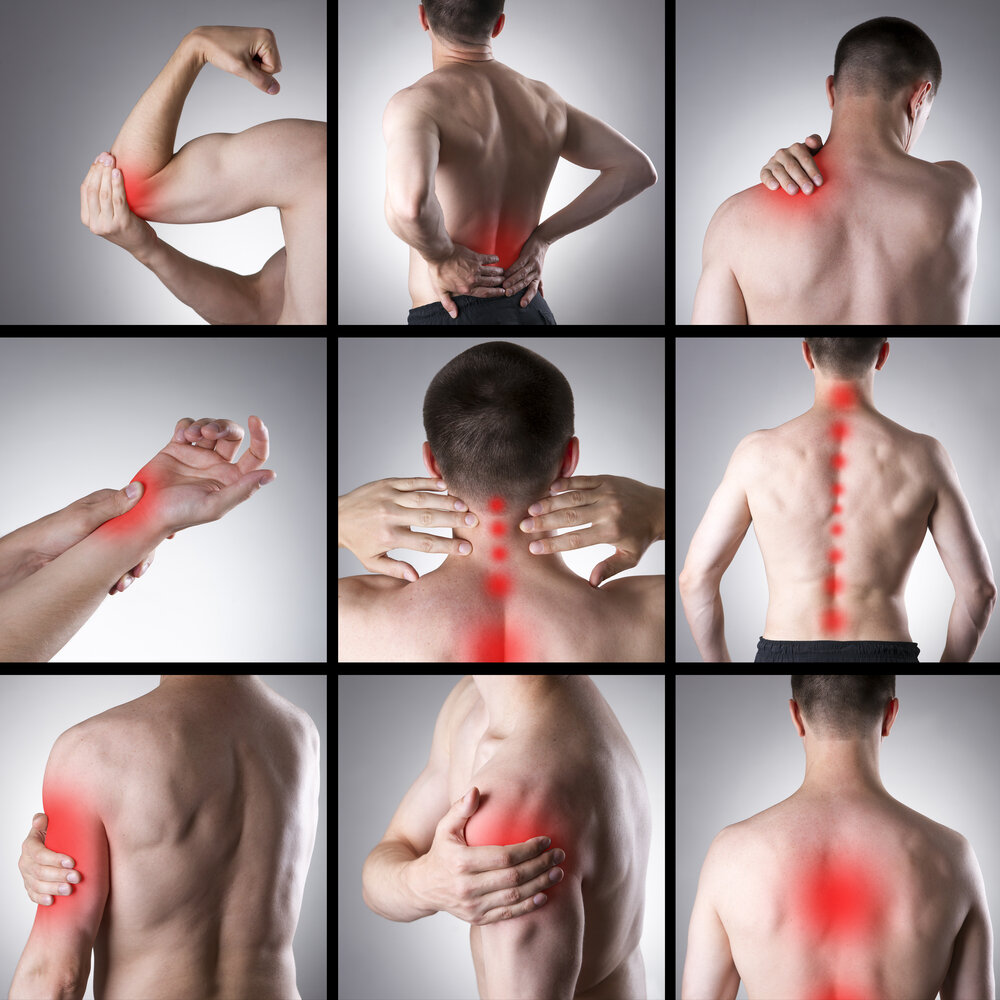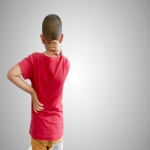Scoliosis is a spine disease arising when the spine bends or twists sideways. This will loosen the rib-cage and strain the back muscles, causing discomfort and pain.
The disorder is not uncommon. Scoliosis is not unusual among the citizens of the U.S. Around three to four out of a thousand children will develop scoliosis which requires scoliosis specialist care.
Scoliosis can develop at any time, although it occurs primarily in children. Persons with this condition can
-
Born with it (congregational)
-
Develop it as a small child (early onset)
-
Develop it as an older child or teenager
-
Adult (degenerative or novo)
-
Develop it as an adult.
In conjunction with the United States, 68% of individuals over the age of 60 exhibit symptoms of degenerative adult scoliosis in the National Library of Medicine. And that does not even take into account those whose childhood scoliosis still increases annually. (Bone weight and loss of density is the common culprit).

Other Possibilities of the Pain
Some feel lost by traditional therapies or fear surgery. Since most physicians tend to stick to obsolete forms of treatment, the only choices are painkillers and operations. This is not the case, however. Better therapies, led by new studies, allow people with adult scoliosis to dramatically relieve pain without having to resort to drugs or surgery.
Scoliosis pains in adults are typically not painful, particularly in infancy. The effect also is not the curve itself, but the secondary issues such as spinal degeneration even though patients feel pain. The degeneration of their discs and joints causes the openings of the spinal nerve to be narrow; the disconnection of spinal muscle leaves a few muscle groups doing much more work than others, resulting in dull, audible, burning and cramping spasms.
Several Forms of Adult Pain, Including:
Joint inflammation due to scoliosis, are usually seen as spondylitis in the spine as patients in adults of the scoliosis age. For those whose condition is untreated, it is particularly normal. The New York Times says, "The joints are flammable, the cartilage, the disks can become thin and bone spells can grow." "The discomfort can be very serious if the disc degenerates or the curvature goes so far that the spine starts to press into the nerves."
-
Activity related pain that is progressively deteriorating
-
Steepness and pain first in the morning as well as later in the day
-
Localized pain to only the section of the joint
Mechanical Pain Due to Scoliosis
This form of back pain happens due to excessive stress on the spinal muscles. The fault also lies in bad posture. Many scoliosis patients lean towards it somewhat, whether because they have lost their normal curve or because they are trying to alleviate pressure on their affected nerves.
Mechanically symptomatic pain:
-
Dull, severe, burning spasms
-
Low back pain and stiffness
-
Low muscle strain fatigue
Adult scoliosis can also lead to pain as nerves get squeezed.
This can lead to lower extremity symptoms such as:
-
Weakness
-
Numb feeling
-
Excessive Pain
-
Lack of coordination
Why Is Pain Controlled For Adult Scoliosis?
Since each patient is special, a personalized treatment plan for curvature reduction, enhancement of functionality, and adult pain relief are recommended. The root cause of the disease — bone mass and density loss — can also be treated through nutritional supplements and potential hormone replacement therapy.
If you are looking for an experienced scoliosis specialist, visit Neuroscience Specialist without delay. We are located in OKC and can treat the patients with full efficiency.
**Disclaimer- Information presented here is not intended to be qualified medical advice. Nothing expressed herein creates a doctor-patient relationship.

